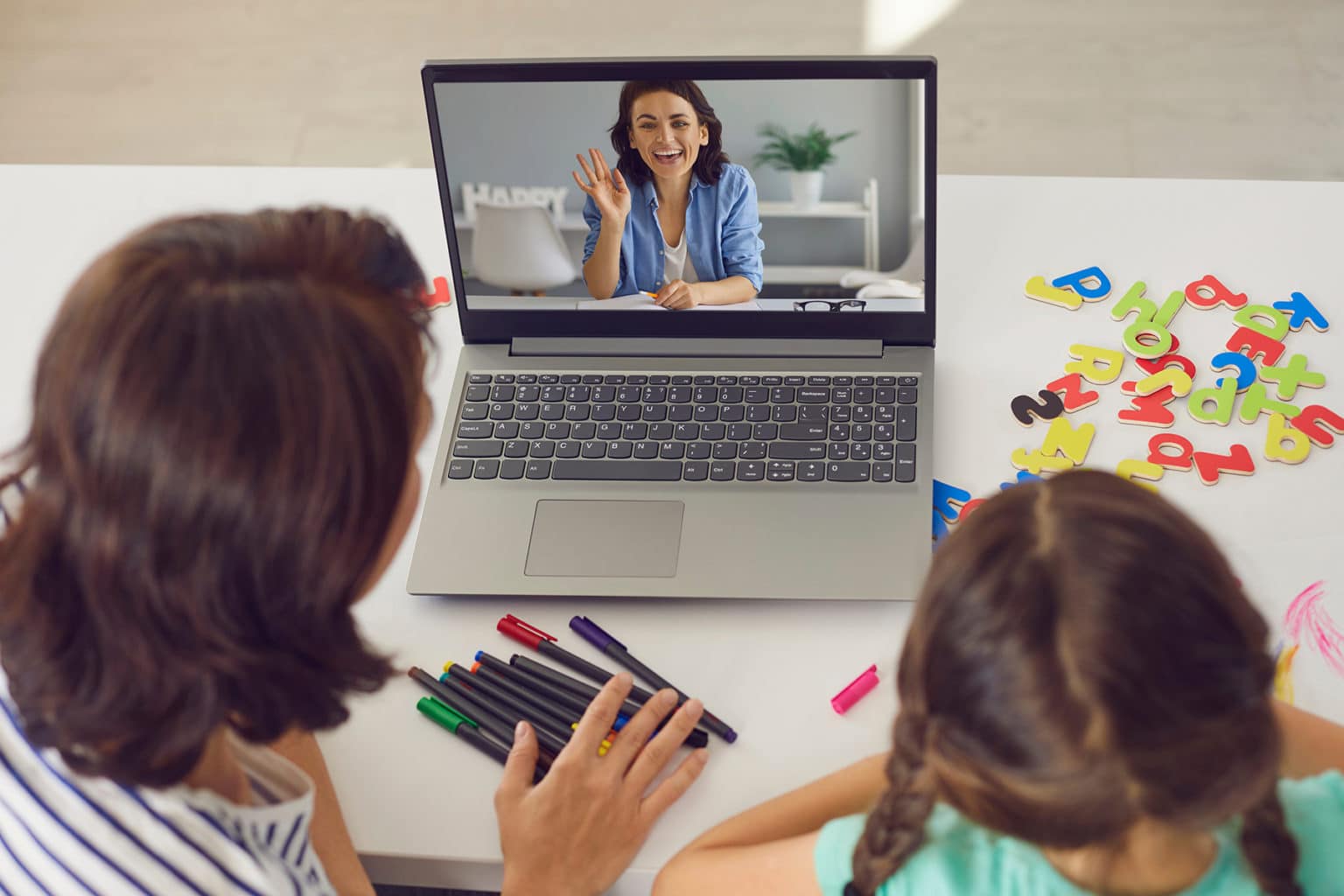
Class is the next generation virtual classroom for K-12, higher education, government agencies, and the workplace. Contact us today to schedule your live demo and see Class in action.

Class is the next generation virtual classroom for K-12, higher education, government agencies, and the workplace. Contact us today to schedule your live demo and see Class in action.

This March, millions of students and their parents suddenly found themselves faced with the necessity of participating in remote learning in home settings. Even as many schools have reopened to some degree this fall, things are not the same—and are not likely to be for some time, if ever. But that’s not necessarily a bad thing. In fact, this sudden forced experiment in remote learning holds the potential to elevate society overall by lowering barriers to accessing education for students in any location or socioeconomic background.
In April, The New York Times, asked students how they were adjusting to remote learning; they published some of the input they received in May—400 students responded. Their perspectives were varied, and thought-provoking. While some, as might be expected, bemoaned the loss of interactions with friends and the opportunity to participate in extracurricular activities, many also pointed to some unexpected benefits of this forced separation from their classrooms.

The students’ comments—most from high schoolers—point to some very practical potential benefits from their experiences and insightful predictions about what education may look like in the future. For instance:
And one touching sentiment that will, hopefully, endure: “I believe that we will appreciate our friends, teachers, staff members, board, etc., more than ever.”
There are likely to be big impacts on higher ed as well, with new opportunities for learning to be extended to previously underserved populations.
For instance, as Vijay Govindarajan, a professor at Dartmouth’s Tuck School of Business, noted in the New York Times article previously referenced: “Universities should consider this semester an experiment to see which classes were most effectively delivered online, he said — big introductory courses better taught through video-recorded lectures by faculty stars and with online textbooks, for example, which could be shared among institutions to lower the cost.”

Imagine the impact that those “faculty stars” might have in urban areas where higher education has been largely unattainable for many. With geography no longer a barrier, and technology making it possible to access top experts in virtually any field (pun intended), both students and society benefit in the long term.
Those stars don’t necessarily have to be full-time faculty, either, notes Seema Thomas, an adjunct professor of urban sustainability at the University of the District of Columbia. “The move to a virtual setting has enabled me to draw on a much larger pool of guest speakers across our nation and the world, not typically available,” she says. “Prior to this, most guest speakers were local, but a virtual setting allows greater exposure to a world of possibilities for my undergraduate students at no additional cost. This becomes a leveler of sorts, where well-funded universities can pay honorariums or stipends for guest lecturers, and now these sought-after speakers are now available to many universities.”
Marian Stoltz-Loike, Ph.D., is Chief Online Education Officer at Touro College and dean, Touro’s Lander College for Women in New York City. “Higher education was given a much-needed shake-up as it confronted the COVID-19 virus, says Stoltz-Loike. “It was suddenly forced to adopt models of education that were both unthinkable and often undesirable to faculty only a few months ago.” This sudden shift, she says, has caused faulty to become experts “in using a variety of digital education tools to foster student engagement and build a learning community.” Although tools like Canvas and Zoom had previously been available, their adoption was limited. Now, she says, faculty are able to focus “more on learning and less on seat time”—and they’re able to engage students in learning anywhere and anytime.
The shift to more online teaching and learning also may hold special promise for special education students, says Zora Wolfe, EdD, Director of K—12 Educational Leadership Programs at Widener University. “For special education students in particular, remote learning actually provides many affordances that may not be as accessible in traditional classrooms,” Wolfe says. “Online tools may also provide more opportunities for individualized and self-paced instruction.”

Online learning holds the same promise for students in higher ed, according to Centenary University. Several professors at the university have noted that “students with learning difficulties who took virtual classes seemed to participate in class more, often resulting in better learning outcomes.”
Overall, says Dr. Lauren Bergey, Ph.D., professor of biology and dean of Centenary’s special academic programs: “The rise in creativity of course content delivery is exciting.” The pandemic, she says, will change thinking around how education is delivered forever.
“The shift to online learning has been like building an aircraft as you fly it,” says Karen Gross, a former college president and former senior policy advisor to the US Department of Education who currently teaches at the Rutgers Graduate School of Social Work and College Unbound. “Not easy.” But, she adds, the experience is yielding some important insights into the potential that online learning will continue to hold long after the virus is behind us. “What we have begun to explore is the power of the possible online,” she says. “At present, we are only scratching the surface of ways online tools can be used with both remote and in-person learning.”

Class is the next generation virtual classroom for K-12, higher education, government agencies, and the workplace. Contact us today to schedule your live demo and see Class in action.

Class is the next generation virtual classroom for K-12, higher education, government agencies, and the workplace. Contact us today to schedule your live demo and see Class in action.
Get our insights, tips, and best practices delivered to your inbox

Sign up for a product demo today to learn how Class’s virtual classroom powers digital transformation at your organization.

Features
Products
Integrations